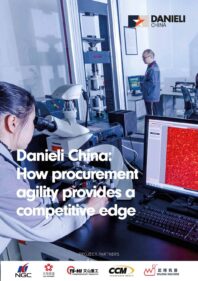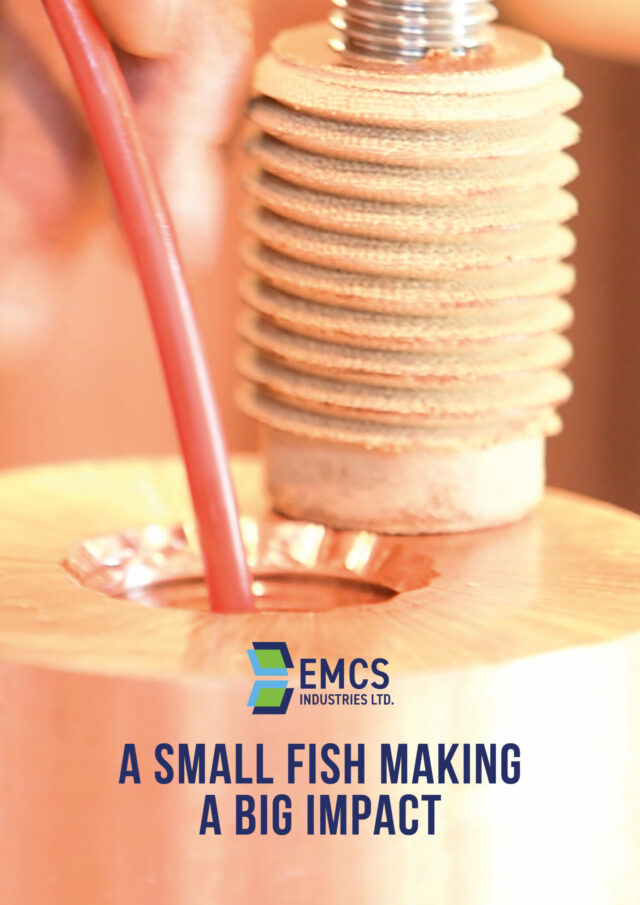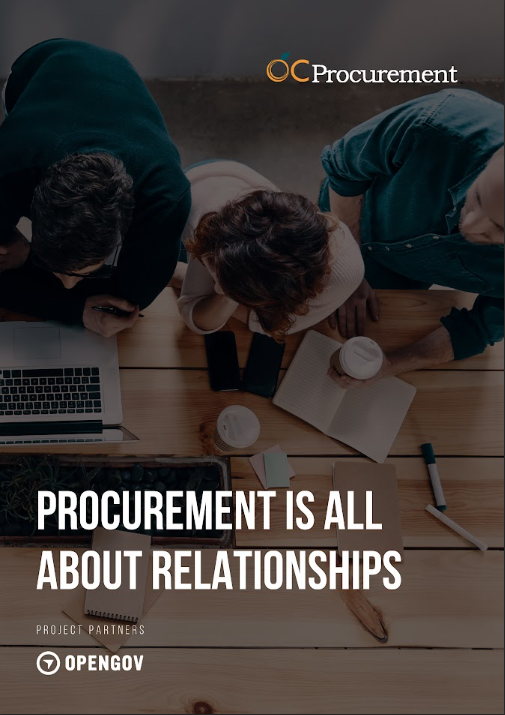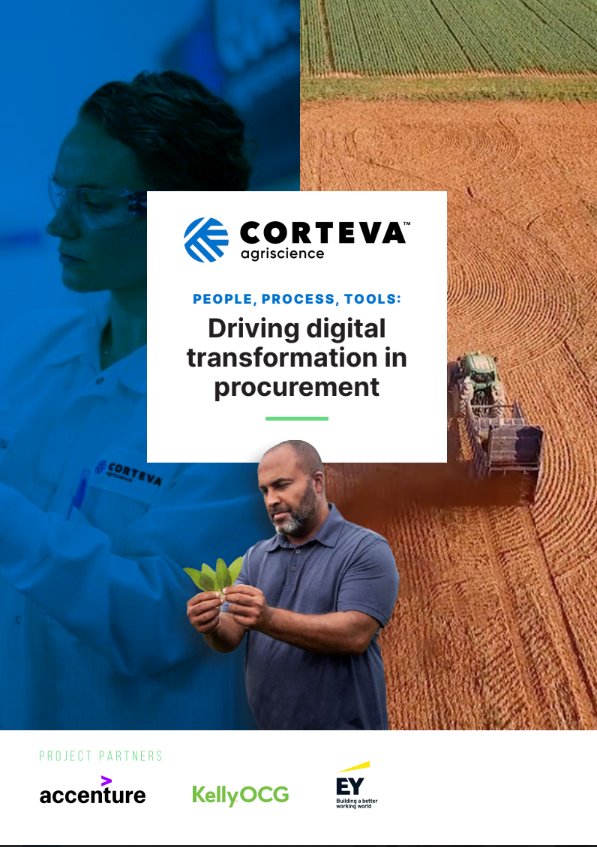When we think of the traditional career journey, getting to the very top and becoming a c-level executive takes years of cutting your teeth within different levels of a business in order to truly understand the business and how, when the time comes, to make the right decisions for taking that business forward. Over the last decade or so, the path to the top has changed and so too have the expectations of the c-level executive. Despite its c-level status, more often than not, the executive level of the CPO is mere window dressing. This however, has begun to change.
“It is true that procurement doesn’t fare well in the top function careers that lead you to more CEO positions,” explains Francois-David Martino, CEO of Danieli China. “But I spent most of my career in procurement and supply chain and I was always passionate about purchasing because I knew that it could influence the P & L, particularly in the industrial business. I’ve always had a key idea that leadership by knowledge and by competence is extremely important.”
With a career spanning over 20 years, working around the world for technology providers such as Siemens, Thyssenkrup and now with Danieli China, Martino honed his craft in purchasing and procurement and established himself as a leading procurement talent. He reached a point in his career though, where he felt he had hit a wall. “At some point in time when you’re at the top of a function, nobody can really tell you how to do your job because you’re an expert in your company about that, something is missing and it’s this progression,” he says. “I was told by my colleagues that, thanks to my experience in procurement, I had a true understanding of what the other functions are in how to run a business and that gave me a lot of confidence that I could definitely be a CEO. Look at it this way, a large portion of the CEOs of OEMs in Automotive have been heads of procurement at some point in their time. This is simply because of the constant demands and the knowing that cost is so valuable. These are key points in any CEO position.”
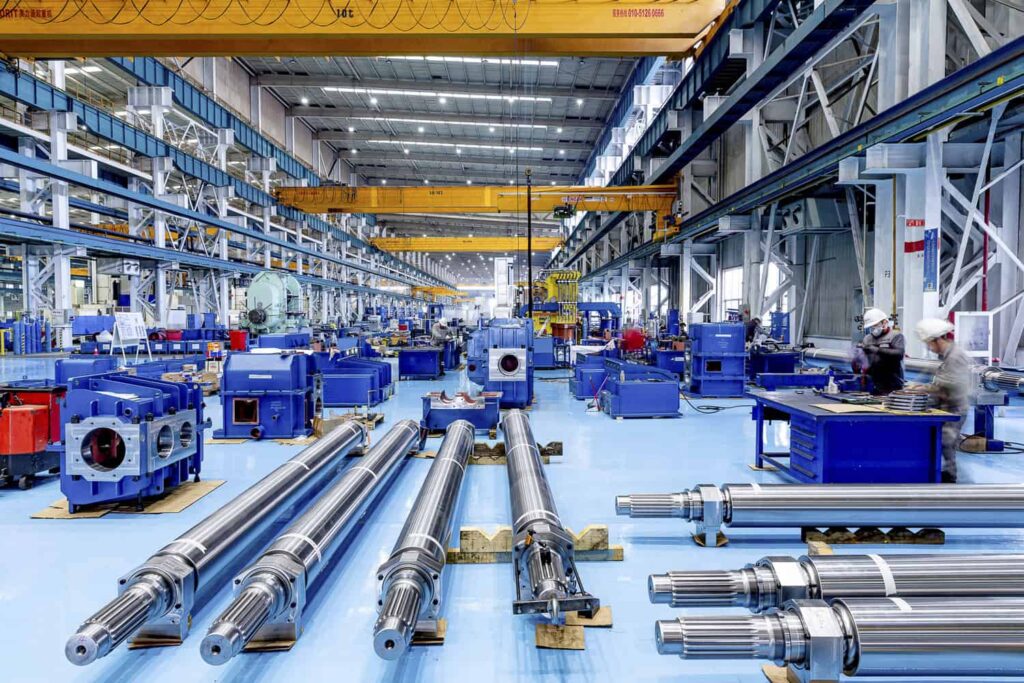
Over the following years, Martino became a senior manager and a CEO at Siemens and Thyssenkrupp before he became CEO at Danieli China. Equipped with vast international experience, Francois was given the opportunity to take Danieli China forward with a new and innovative operating model, and procurement is key.
Procurement has evolved and so too has the perception of it. Everybody knows what the sales, accounting and finance teams do, but the traditional perception is that nobody really knows what procurement does. This is changing of course, but it varies from company to company as it depends entirely on the maturity of the organization. “Once upon a time procurement was a depreciation function where all the people who were failing in other functions ended up,” says Martino. “If you look now at a procurement function, these are the tough guys who are extremely powerful and have a lot of responsibility within the company. What makes it key is the compliance and that they sign contracts and therefore, they take risk or mitigate risk every day for the company. It’s not just about the price, it’s about what happens if the suppliers close and go bankrupt or what happens if there’s a quality problem etc. The responsibilities you have towards the business are huge.”
As a technology provider within the steel industry, Danieli Group provides technologies to manufacturers to produce steel. The company’s motto is Innov-Action; to be a step ahead in capex and opex and promises to achieve an even higher level of quality and standards in every aspect of its work from planning, designing and manufacturing to erection, commissioning and service. With specific technology assets equal to millions of dollars in value, a delay in production could see customers lose millions. Danieli Group has to be extremely reliable in its supply chain to be able to deliver and to be reliable.
While Danieli may be recognised as a market leader, the metals market is incredibly saturated and so competitiveness is key. Competitiveness comes from that reliability in its supply chain. Martino believes that not everybody is talking about the same thing and very often competitiveness is reduced cost. To him, competitiveness can be distinguished by five aspects; the functionality and the technology you are bringing to the company, how you are materializing these functions in a simple, smart and cost-effective way, how good your suppliers, your costs and the conditions and business model you are offering to your customers are and the fixed spot and structure of who is hosting the service of the products you are selling.
“In effect, the size of your company and your structure has to fit the market. The one aspect that decides what kind of size you should be, is your competitor. If you are fighting with small competitors who have half your fixed costs, you should look smaller. Maybe, like Danieli China, you could make a specialist separate business to fight against these smaller companies.”
This is a shift that Francois is seeing around the world, with large market players like Siemens, GE and ABB traditionally relying on volume their leading status to be competitive now transforming their operating models because this is no longer the case “Most of them are separating the business,” he says. “You have to adapt to the size of your competitor. Otherwise, you will not be relevant anymore.”
Danieli China has embarked on an ambitious strategy to create a ‘new’ company entirely and drive the business up to one billion Euros in the Chinese market, which means that its current business revenue needs to be multiplied four times over within six years. For Martino, the only way to do that is to observe the right governance and make changes in the right way. “I cannot multiply the quantity of the volume of the product that I am selling straight out of the bat because it will need investment to become so good in every product and I cannot reasonably build a competitive company doing that,” he says. “So I need to diversify and adapt my business model and be much more flexible,”
“Danieli had established itself as the leading company for certain products, but we lost that market because our price was no longer competitive. We needed to change in order to beat the smaller companies who have the design and the flexibility and who has reinvented how to do business.”
Incredibly, in just three months Danieli was able to reduce its intake by more than 20 million Euros. This level of success showed the adaptability of Danieli. Coming off the back of this success, Danieli China has a plan in place to build two or three more companies per year. “We will achieve over one billion,” beams Francois. “It has to be profitable and we have to adapt the business models one by one.”
The beginning of the journey: communication and key supporters
When looking to redefine a process or an operating model, or in this instance creating a ‘new’ company, a major challenge is trying to convince people that this is the right thing for the company. For Martino, this was most certainly the case as he was tasked with introducing this new concept – spending a lot of time winning the support from his team. The key for him was clarity. “When you explain things clearly, they can begin to understand and can start to see this is working. That’s where they are able to support you,” he says.
“Here in China, the support from headquarters in Italy is non-existent, so one by one I would speak with the top level to the lower level explaining the idea. I had great support from our president on that, which made the process a lot easier.”
Martino is keen to stress just how important it is to have key supporters. The task was simple, kickstart the idea into motion and within six months create the company, enter the market and begin selling and being successful. The speed of which Danieli China was able to achieve this was a surprise even to Martino, but he knew that the work was only just starting. “You never have to give up and what made the idea so fast implemented and successful is the fact I never doubted it, ” he says. “When people were talking to me, they were seeing the passion and how clear I was about my idea and how convinced I was. Something which is key to me is clarity and communication, you need to be clear on what you want to do in order to succeed together.”
The CPO in the CEO
The seamlessness of this transition for Danieli China owes a lot to the CPO experience that Martino possesses. He feels that his procurement background helps in winning that change in two key areas. Firstly, when procuring to a niche group and interacting with all the functions, he understands what every function wants and what they don’t. Negotiation, often a cornerstone of procurement, means that he knows how to sell the idea without making the wrong compromises. Secondly, change. “You also understand that you always need a change,” says Martino. “In procurement you are regularly changing buyers and budgeting methods. Procurement people are always in the change and so it helps you explain the change and to make people adapt to it.”
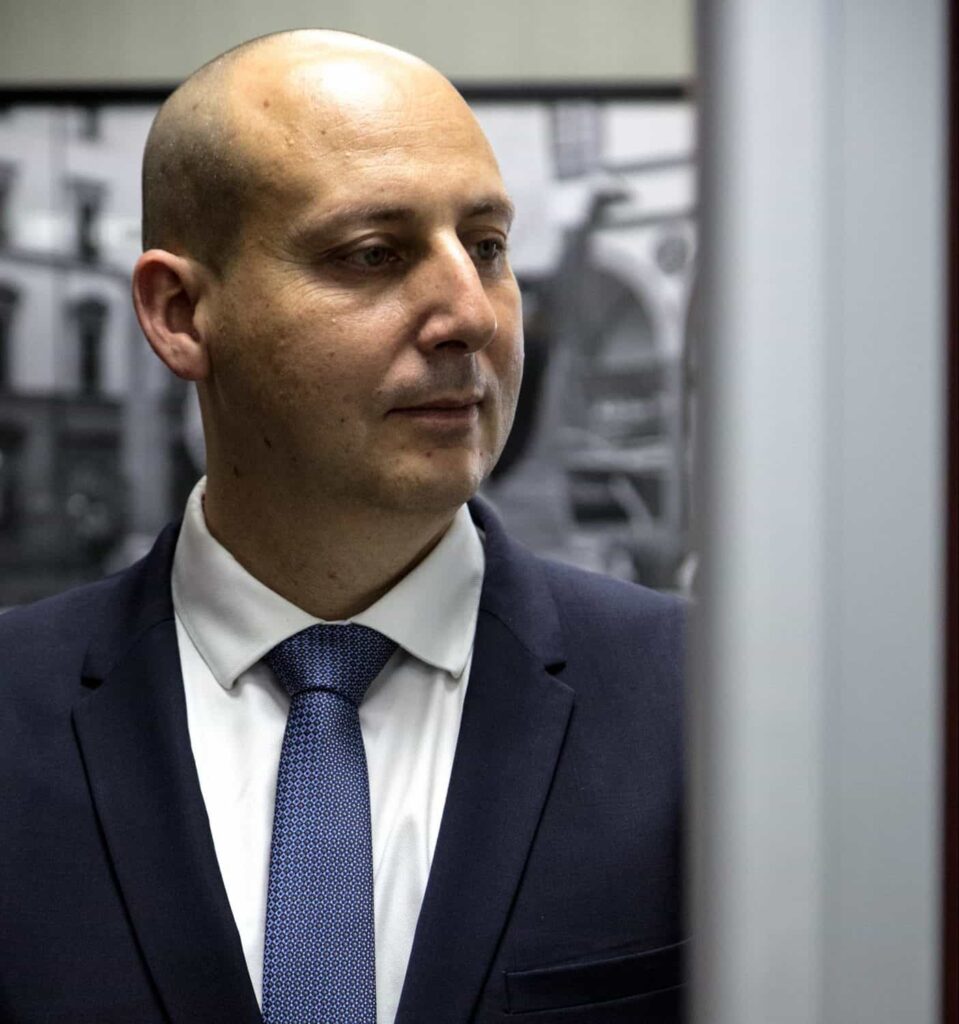
Supplier relationships
When changing an operating model from a procurement perspective, one has to consider the impact this will have on the supply chain and the supplier network. As a man who started out in automotive procurement, Martino understands the power that the procurement professional has over the supplier.
“There is something a little wrong in the automotive procurement relationship because you are adopting a very arrogant position towards suppliers as they completely depend on you,” he says. “Automotive suppliers plan for parts for one model, if you stop the order then that means hundreds of people fall behind. The power you have in your hands is extremely big and sometimes I feel, people are not really prepared to apply this power.”
Recalling his experience with the relationship with suppliers, Martino found that he had completely changed his mindset as he truly believes that suppliers are more than simply giving you the costs you want. “The more I have this vision of equality with the supplier and see that it’s not about playing the big guy and imposing things, the more I understand what kind of deal the suppliers would be interested in and then I can make the right proposal so that we create value together,”
“Seeing them as company CEOs and managers and talking at the same level, they see you as someone who can bring value to their company as well.”
COVID-19
2020 has seen the world gripped by the COVID-19 pandemic, which has truly disrupted both life and the global economy. The world we have lived over the last five months has shown us that nothing is guaranteed and Martino feels that the global supply chain and how we understand it can no longer be safe and reliable. The sending and buying of products worldwide has become incredibly complicated through the virus and the closing of borders. For Danieli China, at the heart of the pandemic, and at the time where most of the people in the world needed masks and medical devices, Martino feels that the response of many global players has exposed a level of risk that has been neglected.
He points out how he has discussed contracts with customers in China that had previously imported technology as a sign of good quality and now these same customers have completely different requests. Some of its Chinese customers are requesting that everything is localized because they don’t want the risk of imported equipment which can put the brakes on any contract. “This is a big change in demand,” he says. “I can sense that it is going to be something we see all over the world in all industries and markets.”
When the Government in China decided to close the country and the factories, Martino admits that he didn’t know what the future would hold for Danieli China. A positive, he notes, is that the company understood that it needed to be proactive. “We started to collaborate with the local government on how we could put in place a procedure to help our people go back to the factory at the same time as being safe. Together we had created a very sound protocol to allow people working with masks and we had temperature measurement devices,” he says. “We made the investment but we had the support from the government and this helped us to reopen very fast and it’s something that we were very proud of.”
“It has been seen as a leading example of how a company reacted to the crisis.”
The road ahead
At the time of writing, Danieli China has created two new companies in 2019 and intends to build 12 new companies in China over the next five years. 2020 will see this year the building of three new ones. Needless to say, the future is most certainly bright for Danieli China. “We have adapted a completely new approach on China markets because we have an open mindset and are in a position of strength,” he says. “We are discussing with a lot of companies, customers, suppliers and partners on how to collaborate together and identifying just how stronger we will be together than what we would be by operating alone.”
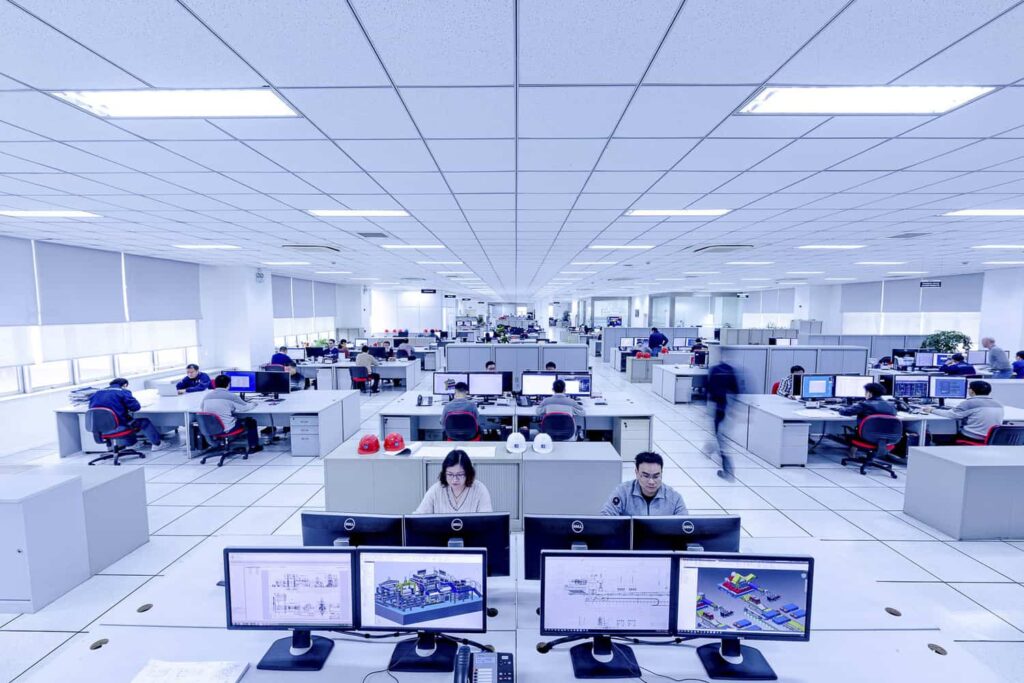
On a certain level, one could argue that the success of Danieli China would allow the company to take the foot off the gas a little. This isn’t an argument Martino believes in. “I believe that our work is to create opportunities but also to solve problems and in terms of solving problems, I always believe that if you can fix something, you can fix it. If you cannot fix it, you have to get rid of it,” he says.
“If you want to build 12 companies that are going to reach one billion, you have to coordinate millions of actions that hundreds of people inside and outside the organization on a global scale work towards this strategy and keep remembering that. If you want to succeed in your professional life or personal life you have to make sure that those thousands of actions and decisions are one small step towards that goal.”
